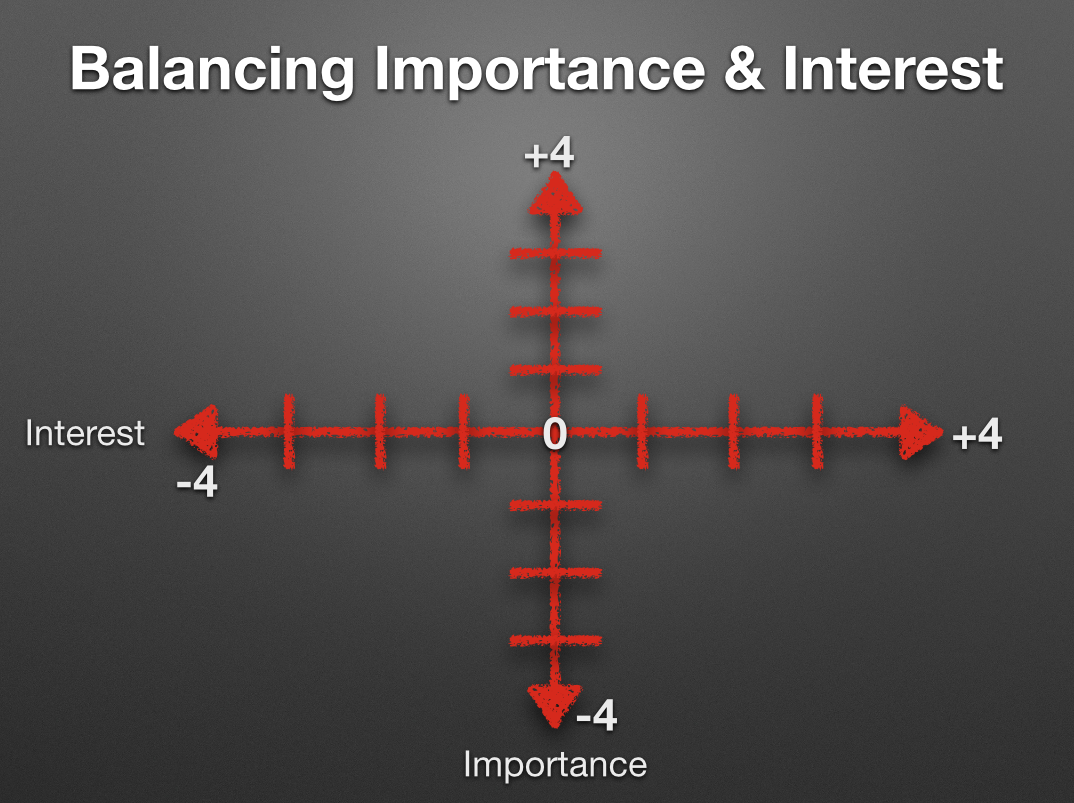 While the innate characteristics of a piece of information (prominent people…peculiar doings...and so forth) determines if it is newsworthy, there are other forces at work.
While the innate characteristics of a piece of information (prominent people…peculiar doings...and so forth) determines if it is newsworthy, there are other forces at work.
How does a news organization decide which information is news and which is not? An Editor or Producer makes those judgments, weighing these factors:
In the past, American journalists wrapped themselves in the flag and first amendment and emphasized Importance, Relevance, Conflict and Change when choosing top stories. As marketing data improved, and competitors stole customers, newsroom leaders began paying attention to what interests the audience and who is the audience.
Today, a big part of the job of leading a news organization is finding the balance between what the audience wants, vs. what it may need. And those judgments of Want vs. Need are also reflected in how a story is handled once it is selected. That’s what we call Presentation… How a story is displayed, illustrated and described…in relation to the other stories that are selected by that news outlet.
Presentation is best described in terms of Tone and Weight.
Tone: humorous, serious, conversational, scholarly indicates whether editors think the story alerts, diverts or connects.
Weight: The time and space devoted to a story indicates how important and/or interesting editors think it is.
In class with students the way that we measure this is on a scale of importance to interest.

Using this chart, try and plot out where on the interest and importance scale you would place each of the following stories.
.
